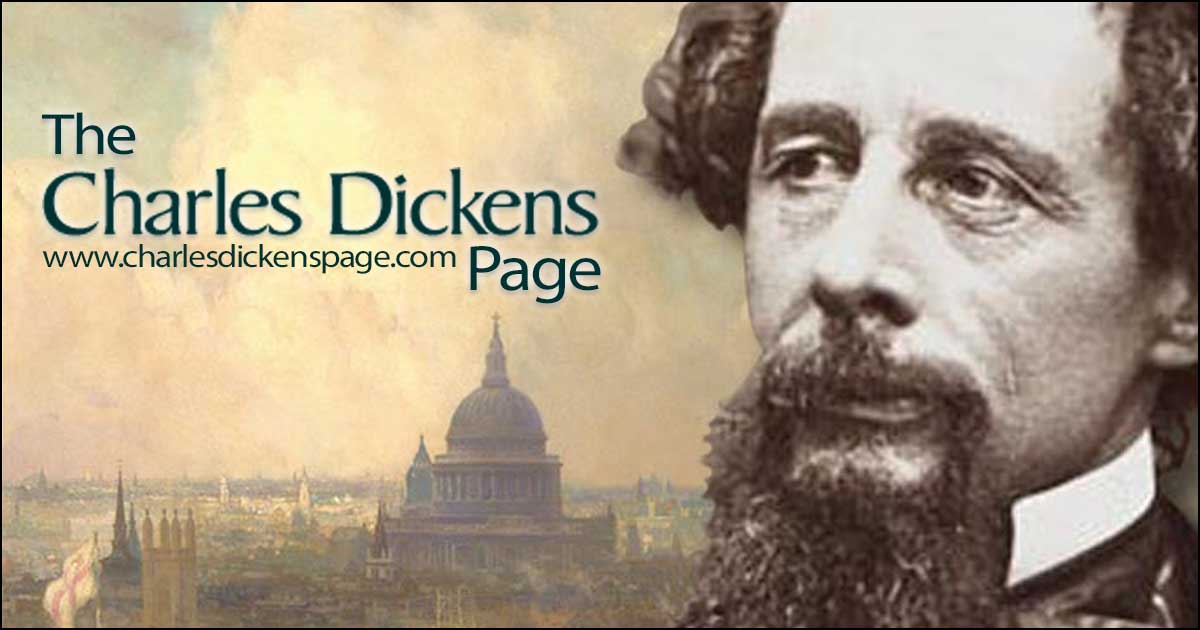Friends,
I am writing a fictional account of JtR. My heroine is a well-educated woman who had fallen on hard times and, consequently, lives in Whitechapel at the critical time. I am attempting to sprinkle information about life in Whitechapel throughout the novel. I would like to have my protagonist read a novel, probably a Bronte or a Dickens. Does anyone know if the poor or Whitechapel could have afforded such a luxury? I understand there were second hand bookstores in the neighborhood but do not know the cost. Can anyone answer these questions or point me to someone who can?
As always, I appreciate any help you can give me. Thanks.
I am writing a fictional account of JtR. My heroine is a well-educated woman who had fallen on hard times and, consequently, lives in Whitechapel at the critical time. I am attempting to sprinkle information about life in Whitechapel throughout the novel. I would like to have my protagonist read a novel, probably a Bronte or a Dickens. Does anyone know if the poor or Whitechapel could have afforded such a luxury? I understand there were second hand bookstores in the neighborhood but do not know the cost. Can anyone answer these questions or point me to someone who can?
As always, I appreciate any help you can give me. Thanks.


Comment